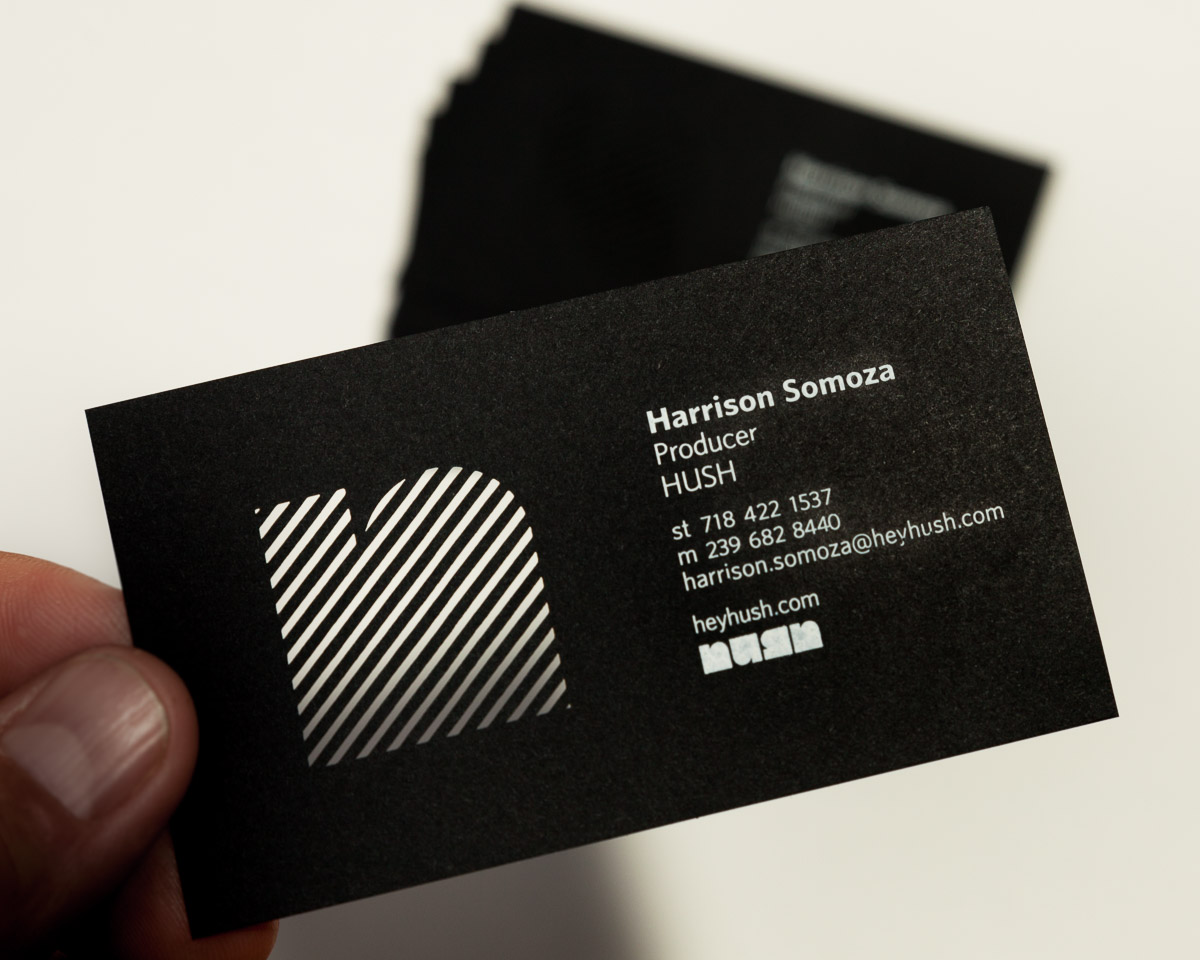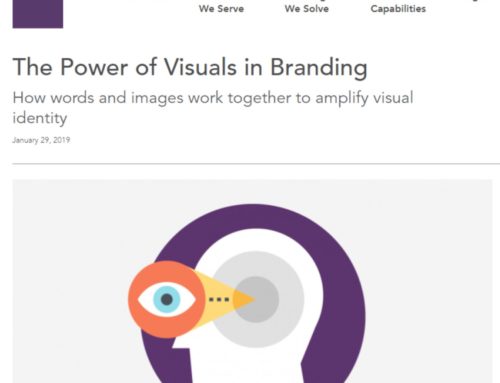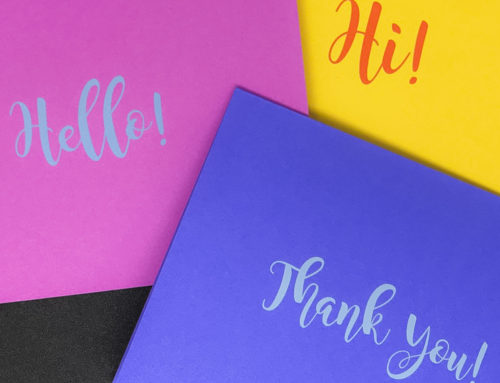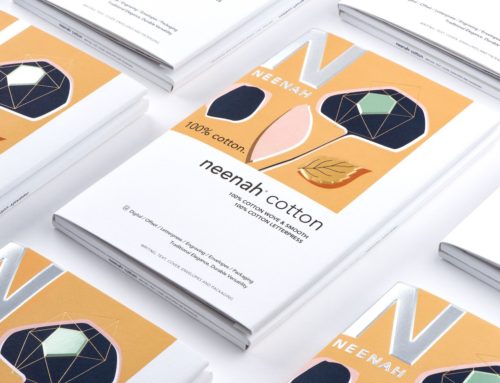
A recent article on the Domtarblueline.com looks at the the basics of business cards and why the business card is the most important piece of an identity system.
In my opinion the single most important physical piece in an identity system is the business card. This simple card says so much about you and your business. While its format hasn’t changed much over the years, in a world dominated by digital communication, its importance is greater than ever.
When it comes to networking events, meeting a client or connecting with new opportunities, the business card makes an impression. It is an extension of you and your brand whether you are aware of it or not. And much like a handshake, nobody likes a wimpy one. Producing a great card isn’t difficult but does require some thought and planning.
At its most basic, a business card needs to communicate to people who you are and how to reach you. Start with a great logo to represent your company and include your tag line – this should describe (or at least hint at) what it is you do. When it comes to contact info, keep it brief: your name, email, phone number, address and website.

Once these elements are solidified, you can move onto the design and production. This is where paper and print techniques come into play.
The single most impactful attribute of a business card is the weight of the paper. I’ve seen, held and observed reactions enough to know that the one thing that makes a lasting impression on the recipient is the heft of the card. Trust me on this. People notice the thickness of the card. How often have you done the thumb test? This is where you flick the corner of a business card with your thumb subconsciously while talking. This is one element you do not want to skimp on. I advise my clients never to go lighter than 120# Cover – the heavier, the better.
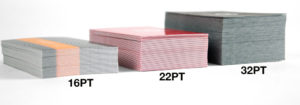
If color is crucial to your design, consider how you plan to print your cards – digital or offset? While digital may be more economical, a solid flood of color on one side might not produce the results you expected. Instead think about printing offset or consider using colored paper stock.
When it comes to making a lasting impression, you want the recipient to hold onto your card, literally. The more they touch it, the more indelible an impression you make. One way to do that is by featuring a really tactile finish to the card. Paper is an easy way to do this. Since the finish is part of the paper itself, it can help keep costs in check.
There are so many options when it comes to paper textures, from a toothy vellum to a deep embossed felt, you should be able to find one that reflects the tone of your brand. One word of caution as it relates to printing on textured papers, keep in mind your printing method. With digital printing, heavier textured papers can be problematic and cause issues with toner adhesion. It’s always best to check the swatch book to see if the finish and basis weight are available in a digital option.
When it comes to insuring a final product that meets your expectations, I encourage you to do two things – get samples and work with a printer you trust.
Samples are the first step in my process towards finalizing my specs. I advise clients to always order samples cut to finished size of the papers they’re considering. I’m not a fan of winging it, when it comes to print production, surprises are costly not to mention disappointing.
And working with a printer you trust is invaluable. For my own business cards, I chose to feature two unique papers and produce a custom duplex sheet featuring letterpress and foil stamping. After three failed attempts with a printer outside my market, I turned to a trusted letterpress printer locally to get the results I expected.
I tried to make things right with the first printer but their supplier had issue with laminating the papers. The cards looked beautiful but the adhesive didn’t stick and the minute I did the thumb test, they split apart. They were sweet about it and while I was given a refund, I lost a ton of time in production. Suffice it to say, I learned my lesson. A relationship with a good printer (or any supplier for that matter) is worth every cent.
Read the original post at http://domtarblueline.com/2016/04/business-card-basics/
View samples of business cards we have made here

